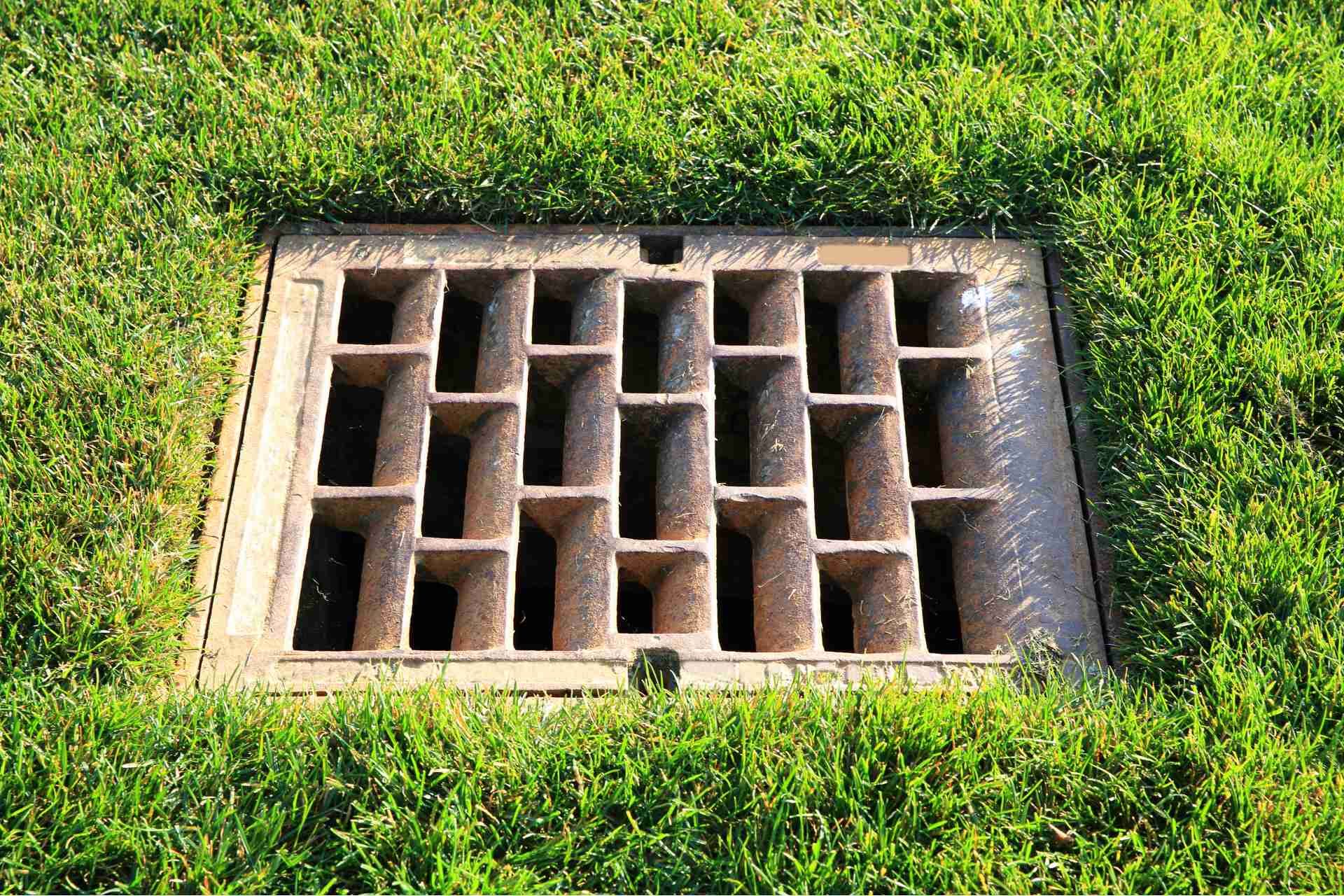Why Lawn aeration and overseeding Matter
If you want a lush, green lawn, understanding lawn aeration and overseeding is crucial. These practices not only improve your lawn's health but also enhance its resilience against pests and environmental changes. By incorporating aeration and overseeding into your lawn care routine, you can address issues like soil compaction and bare spots. But how do you ensure you're doing it right? Let's explore the key aspects of these essential techniques.
Understanding Lawn Aeration
Lawn aeration is a crucial process for maintaining a healthy, vibrant yard. It involves perforating the soil with holes to allow air, water, and nutrients to penetrate deep into the root zone.
By doing this, you help relieve soil compaction, which can stifle grass growth. You might notice that your lawn struggles to thrive due to heavy foot traffic or clay soil. Aeration addresses these issues by creating pathways for roots to expand and access essential resources.
It's best to aerate during the growing season when your grass is actively growing. Whether you choose to rent equipment or hire a professional, understanding the timing and technique of aeration can significantly enhance your lawn's health and appearance.
The Benefits of Aeration
While you mightn't realize it, aeration offers numerous benefits that can transform your yard into a lush, green oasis.
By creating small holes in the soil, aeration allows air, water, and nutrients to penetrate deeply, promoting healthier grass growth. It helps alleviate soil compaction, which can suffocate roots and hinder their development.
With better access to essential resources, your lawn becomes more resilient against drought and disease. Aeration also encourages beneficial microorganisms to thrive in the soil, further enhancing its health.
Plus, a well-aerated lawn can improve drainage, reducing puddling and runoff. Ultimately, this simple process can boost your lawn's overall appearance and vitality, making it the envy of the neighborhood.
Don't overlook the power of aeration for your yard!
What Is Overseeding?
Overseeding is a vital lawn care technique that involves spreading grass seed over an existing lawn to enhance its density and health. This process helps fill in bare patches, improves the overall appearance of your lawn, and strengthens the grass against pests and diseases.
By introducing new seed varieties, you can also adapt your lawn to changing environmental conditions, such as drought or shade. It's best to overseed during the growing season when the soil is warm, allowing the seeds to germinate effectively.
Before overseeding, you'll want to prepare the lawn by mowing it short and aerating the soil, ensuring optimal seed-to-soil contact. With proper care, overseeding can result in a lush, vibrant lawn that thrives year-round.
Advantages of Overseeding
Enhancing your lawn's health and appearance comes with numerous advantages when you decide to overseed. First, it fills in bare spots and improves your lawn's density, creating a lush, green carpet. This not only boosts curb appeal but also helps suppress weeds by crowding them out.
Overseeding also introduces new grass varieties, improving drought resistance and disease tolerance. It can lead to a healthier root system, ensuring your lawn can better withstand stressors like heat and foot traffic.
Plus, overseeding is a cost-effective way to rejuvenate your lawn without starting from scratch. By investing a little time and effort, you'll enjoy a thriving, vibrant yard that enhances your outdoor experience and increases your property value.
Best Practices for Aeration and Overseeding
To maximize the benefits of overseeding, pairing it with aeration is key.
Start by aerating your lawn, which involves perforating the soil to improve air, water, and nutrient penetration. Use a core aerator for the best results, ensuring you cover the entire area evenly.
After aeration, distribute high-quality grass seed evenly across the lawn. Choose a seed mix suitable for your region and grass type. Lightly rake the area to ensure good seed-soil contact, and consider applying a thin layer of compost to enhance seed germination.
Keep the soil consistently moist, but avoid overwatering. Lastly, avoid mowing for a few weeks to allow the new grass to establish itself.
Following these practices will lead to a healthier, more vibrant lawn.
Timing and Frequency of Aeration and Overseeding
Timing your aeration and overseeding is crucial for achieving a lush lawn. For cool-season grasses, early fall is the ideal time, as temperatures are cooler and moisture levels are higher. This allows the grass seeds to germinate and establish before winter.
If you're dealing with warm-season grasses, late spring to early summer works best, when the soil is warm, promoting rapid growth.
As for frequency, aerating once a year is typically sufficient for most lawns, but you might need to do it more often if your soil is heavily compacted.
Overseeding should also occur once a year, ideally during the same season as aeration. This combination maximizes growth potential, ensuring your lawn remains healthy and vibrant throughout the year.
Conclusion
In conclusion, lawn aeration and overseeding are crucial for a thriving lawn. By aerating, you relieve soil compaction and improve nutrient access, while overseeding boosts density and resilience. Together, these practices rejuvenate your lawn and enhance its overall health. To keep your yard looking its best, integrate aeration and overseeding into your lawn care routine regularly. You'll not only enjoy a lush, green lawn but also a more adaptable outdoor space for years to come.








